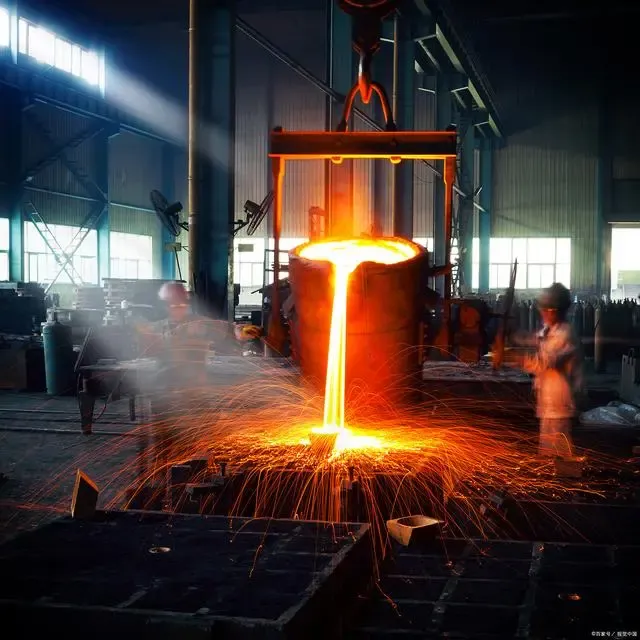Mobile:+86-311-808-126-83
Email:info@ydcastings.com
Common Causes and Solutions for a Cracked Engine Manifold in Your Vehicle
Understanding Cracked Engine Manifolds Causes, Consequences, and Solutions
An engine manifold is a crucial component of any internal combustion engine, acting as the conduit for air and exhaust gases. It has two primary types the intake manifold, which brings air and fuel into the engine cylinders, and the exhaust manifold, which expels combustion gases. Despite their importance, these components are often susceptible to damage, including cracking. A cracked engine manifold can lead to significant performance issues and costly repairs if not addressed promptly.
Causes of Cracked Engine Manifolds
Several factors can contribute to the cracking of an engine manifold. One of the primary culprits is thermal stress. Engine manifolds experience extreme temperature fluctuations during operation; the rapid heating and cooling cycles can lead to metal fatigue over time. Additionally, poor manufacturing quality or the use of inferior materials can predispose manifolds to cracking.
Another factor is the buildup of carbon deposits, which can create uneven heating and localized hot spots, further exacerbating the risk of cracks. Engine performance issues, such as misfires or abnormal vibrations, often accompany a cracked manifold, indicating not only a structural problem but also potential underlying issues with the engine's operation.
Consequences of a Cracked Engine Manifold
The impact of a cracked manifold can be severe and multifaceted. When the intake manifold is compromised, it can lead to air-fuel mixture imbalances, which negatively affect engine performance, fuel efficiency, and emissions. Symptoms may include rough idling, reduced power, and increased fuel consumption.
cracked engine manifold

On the other hand, a cracked exhaust manifold can lead to the release of harmful exhaust gases into the engine bay, posing health risks and potentially causing further damage to adjacent components. This can also trigger the check engine light, necessitating immediate attention.
Ignoring a cracked engine manifold can lead to more severe consequences, including engine overheating, catastrophic failure, or even complete engine replacement. Therefore, it is crucial to address any signs of cracking early on to avoid more extensive and expensive repairs down the line.
Solutions for Addressing Cracked Engine Manifolds
If you suspect that your engine manifold is cracked, it is essential to take prompt action. The first step is to perform a visual inspection, looking for obvious signs of cracks or damage. However, some cracks may not be visible; thus, conducting a pressure test or using a smoke test can help identify leaks.
Once a crack is confirmed, the solution will depend on the severity of the damage. In minor cases, a professional mechanic may be able to perform welding or use epoxy to seal the crack effectively. However, for significant or complex cracks, replacing the manifold is often the most reliable solution.
In conclusion, a cracked engine manifold is a serious concern that can lead to reduced performance and costly repairs if not addressed promptly. Understanding the causes and consequences of cracking, as well as knowing the measures to take, can help vehicle owners maintain their engines effectively. Regular maintenance and inspections can also go a long way in preventing manifold issues before they escalate. By staying informed and proactive, drivers can ensure their engines operate smoothly and efficiently for years to come.
-
Why Should You Invest in Superior Pump Castings for Your Equipment?NewsJun.09,2025
-
Unlock Performance Potential with Stainless Impellers and Aluminum End CapsNewsJun.09,2025
-
Revolutionize Your Machinery with Superior Cast Iron and Aluminum ComponentsNewsJun.09,2025
-
Revolutionize Fluid Dynamics with Premium Pump ComponentsNewsJun.09,2025
-
Optimizing Industrial Systems with Essential Valve ComponentsNewsJun.09,2025
-
Elevate Grid Efficiency with High-Precision Power CastingsNewsJun.09,2025











